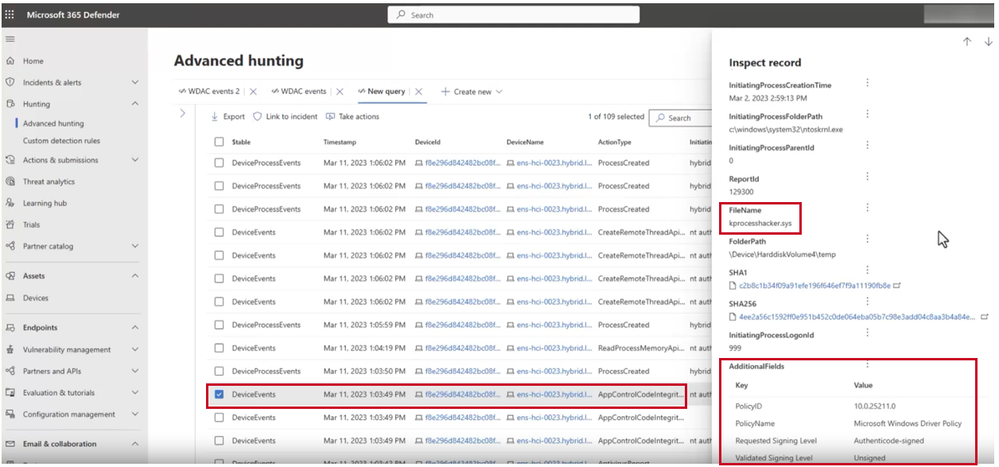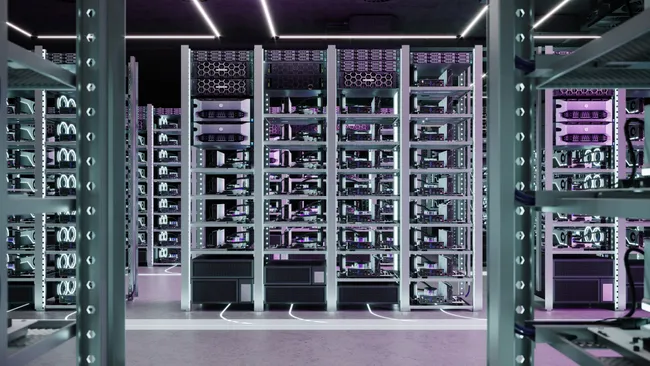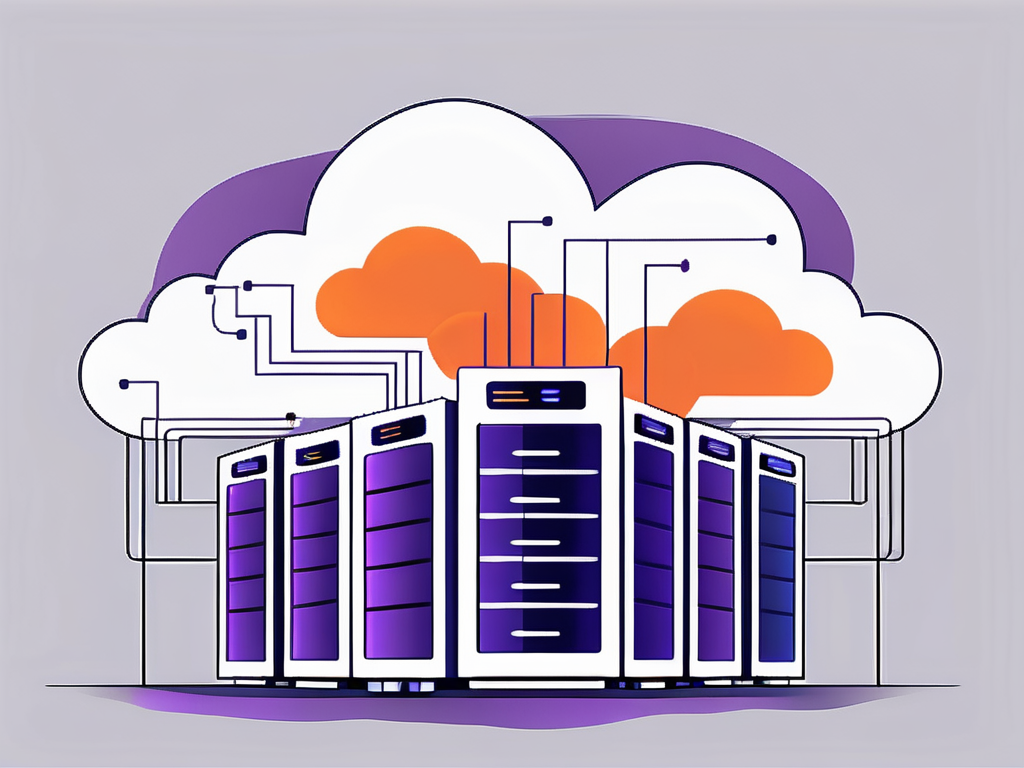The concept of cloud computing has transformed how businesses and individuals store and access data. Instead of relying on physical, local servers, cloud computing enables users to access their data and applications over the internet. This shift raises questions about where the underlying servers that power the cloud, often referred to as PC servers, are located.
In this article, we’ll dive into the details of where cloud servers are housed and how their location affects performance and accessibility.
Locating the PC Server in Cloud Computing
Physical vs. Virtual Server Locations
In cloud computing, the concept of a server’s location can be understood in two ways: physical and virtual.
- Physical Location: Servers are housed in large facilities called data centers, which are spread across various geographic locations worldwide. The placement of these data centers is crucial for optimizing performance, redundancy, and cost. Factors such as data sovereignty laws, latency, and environmental considerations often guide the choice of location. Leading cloud providers like Amazon AWS, Microsoft Azure, and Google Cloud operate data centers on multiple continents to ensure users can access data quickly and reliably.
- Virtual Location: From a virtual standpoint, the location of a server is more abstract. Virtualization technology creates “virtual servers” within a cloud provider’s infrastructure. While the physical machine may reside in a data center across the world, to the user, it appears as if the virtual server is local. This allows for flexibility in performance and resource allocation.
Understanding Cloud Computing
Cloud computing refers to the delivery of services such as servers, storage, networking, software, and analytics over the internet. This system allows users to access resources without maintaining physical infrastructure.
The scalability of cloud computing is one of its key advantages. Users can easily adjust their resource usage, scaling up or down depending on their needs, which is particularly useful for businesses experiencing fluctuating workloads.
- Evolution: Initially, businesses managed data with their own on-premises servers. However, this model had limitations in cost, scalability, and maintenance. Cloud computing changed this by offering shared resources and pay-as-you-go pricing, making it more affordable and efficient.
Architecture of Cloud Computing
Cloud computing architecture involves various components working together to deliver efficient services.
- Key Components:
- Infrastructure as a Service (IaaS): Provides users with access to virtual servers and storage, allowing businesses to rent computing resources.
- Platform as a Service (PaaS): Offers a platform for developers to build and manage applications without worrying about the underlying infrastructure.
- Software as a Service (SaaS): Delivers software over the internet, eliminating the need for local installations.
Role of Virtualization
Virtualization is a cornerstone of cloud computing, enabling the creation of multiple virtual environments on a single physical server. This allows for efficient resource utilization and scalability, as multiple virtual machines can run on a single physical machine.
The Concept of PC Servers in Cloud Computing
At the heart of cloud computing is the PC server, responsible for managing and processing data. These servers are designed for reliability, scalability, and performance, equipped with powerful hardware and software to handle demanding tasks.
- Function: The PC server stores and processes data requested by users, interacting with cloud services via network connections. When users request data or an application, the server retrieves it from storage and processes the necessary computations.
Impact of Server Location on Cloud Performance
Data Accessibility and Speed
The physical proximity of a server to the end user significantly affects cloud performance. The closer the server, the faster the data retrieval. When servers are located far away, latency (the delay in data transmission) can increase, leading to slower response times.
Environmental and Compliance Factors
In addition to performance, server location affects data security, compliance with local laws, and environmental impact. Different countries have different regulations around data privacy, and the location of a server determines which rules apply. Furthermore, data centers consume large amounts of energy, and choosing locations with access to renewable energy can help reduce the carbon footprint of cloud services.
Choosing the Right Server Location
Ultimately, the location of PC servers in cloud computing, both physical and virtual, plays a significant role in the performance, security, and sustainability of cloud services. For businesses and individuals, understanding server locations helps make informed decisions when selecting cloud service providers and optimizing their cloud-based infrastructure.
In conclusion, whether a server is located in a nearby data center or a virtual environment, its location directly influences the cloud experience by affecting speed, security, and environmental sustainability. Understanding this interplay helps users maximize the benefits of cloud computing.






